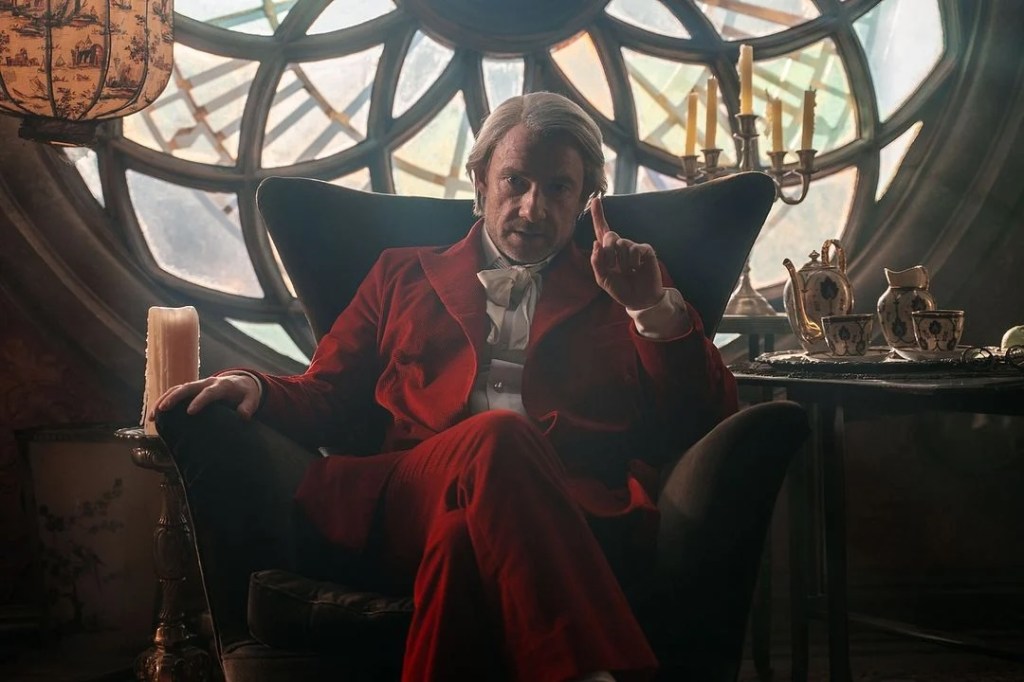
The Timeless Relevance of "Momo" in a Modern World
In an age where time seems to slip through our fingers faster than ever, the adaptation of Michael Ende’s 1973 novel "Momo" feels more relevant than ever. The story, which explores the preciousness of time and the dangers of its exploitation, has been reimagined for 2025 with a fresh take by writer-director Christian Ditter. The film centers on Momo, a mysterious red-haired girl who lives in the amphitheater of an unnamed European city, possibly resembling Rome. Her unique ability to listen and make people feel heard sets her apart, offering a rare sense of connection in a world increasingly dominated by digital distractions.
Momo's gift is not just a narrative device but a symbol of the importance of genuine human interaction. Those who confide in her are compelled to be truthful, leaving them feeling relieved and acknowledged. However, this talent becomes a tool for her to uncover the sinister plans of the Grey Corporation, an entity that steals time from humans. The corporation uses bracelets to monitor how individuals spend their time, convincing people that saving hours will allow them to pursue their passions later. This concept serves as a cautionary tale about the pressures of modern economic systems that prioritize productivity over personal fulfillment.
Despite its thematic depth, the film struggles to fully explain the mechanics of how time is stolen or returned. This lack of clarity feels especially jarring when compared to other futuristic technologies introduced in the film. The absence of concrete details leaves the audience questioning the logic behind the time theft, making it difficult to engage with the narrative on a deeper level.
Momo's origin as a girl without a family adds an intriguing layer to her character. However, once she accepts her mission to save others from the time thieves, her emotional range is limited. She lacks any ambivalence or contemplation about her past or future, making her feel more like a concept than a fully realized character. While Alexa Goodall's performance is commendable, it highlights the limitations placed on her role within the film.
The film also explores Momo's relationship with Gino, a teenager working multiple jobs to support his family. His journey into the digital world, facilitated by high-tech contact lenses, reflects the film's critique of social media and its impact on time and perception. However, these ideas are presented in a surface-level manner, failing to delve into the deeper implications of such technology.
As Momo travels to an alternate reality, aided by a talking tortoise, she meets Master Hora, a whimsical figure who provides exposition throughout the adventure. The visual effects enhance the magical quality of this realm, blending old-world charm with elements of a technocratic dystopia. The film's production values are impressive, offering a visually striking experience.
Despite its ambitious themes, "Momo" struggles to weave its components into a cohesive whole. The commentary on the pressures of responsibility and the loss of what truly matters never delves deeply into the root causes, such as economic inequality or corporate greed. The film's message, while aimed at young audiences, feels somewhat disingenuous, focusing on the idea that time is found in the heart rather than addressing the systemic issues that contribute to the problem.
When Momo ultimately saves the day, the film returns to normalcy, leaving many questions unanswered. Did the characters' material conditions change, allowing them to focus on what they truly want? The film remains ambiguous, leaving the audience to ponder the true impact of Momo's actions.
Overall, "Momo" offers a visually engaging and thought-provoking exploration of time and its value in a modern context. While it may fall short in some areas, it raises important questions about the way we live and the choices we make.

Post a Comment